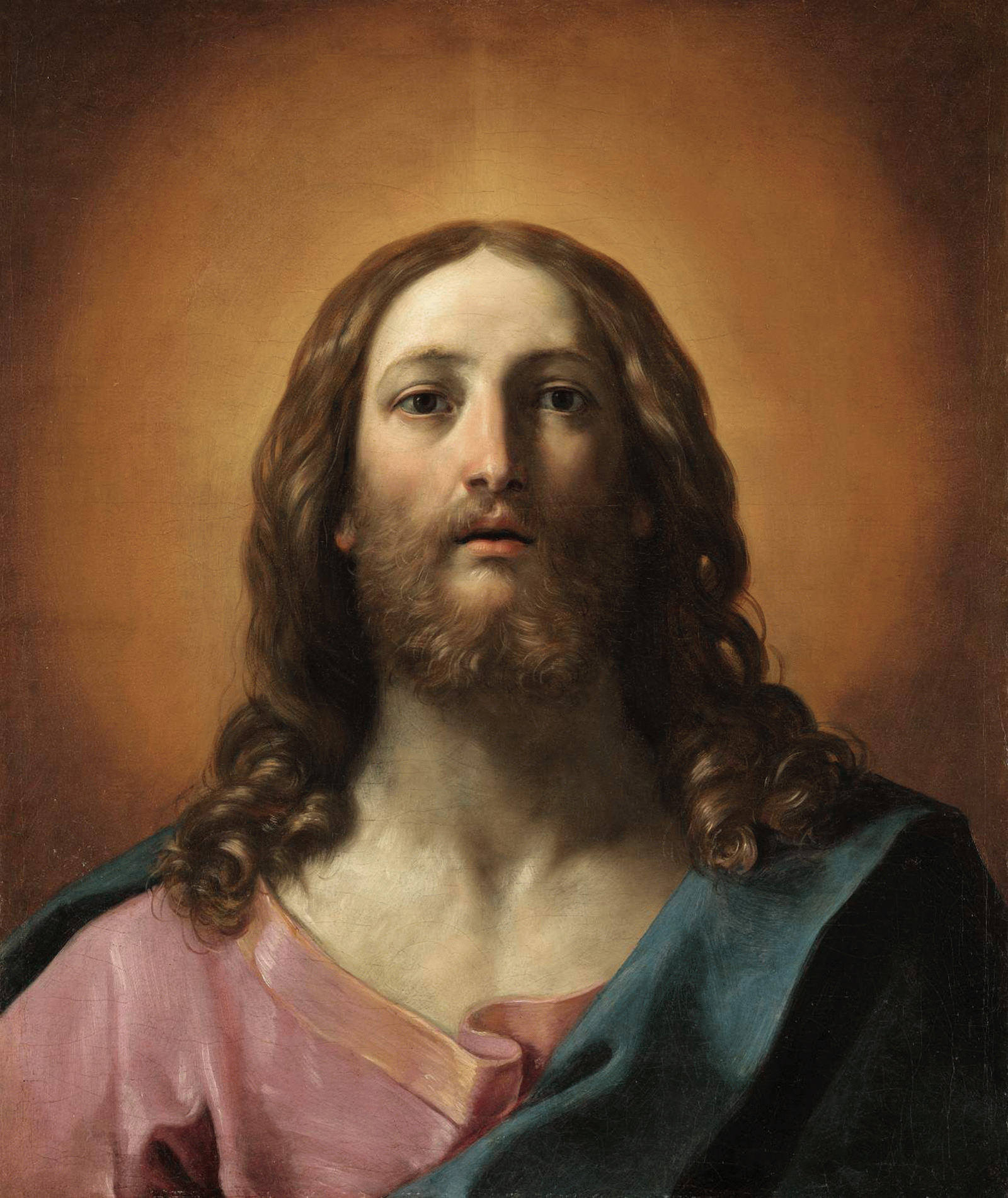Abendvortrag
Lorenzo Pericolo: Beyond Perfection: Guido Reni and Malvasia's Fourth Age of Painting

In his life of Guido Reni (published in 1678), Carlo Cesare Malvasia stresses the role of Guido in the emergence of the new "maniera moderna." After reaching its apogee of perfection with the work of the three Carracci, especially of Ludovico, painting evolves toward a new epoch, the so-called "fourth age of painting." In Malvasia's view, Guido was both a protagonist and, to a great extent, a creator of a new "modernity." In defining what comes after perfection, Malvasia struggles with the construction and definition of a new paradigm of artistic excellence only partially embodied by Guido's work. But how can perfection generate new forms of artistic perfection without repeating itself? And if perfection in the "fourth age of painting" is unattaible by definition, what forms of partial perfection can subsequently be developed by artists? In Malvasia's words, Guido's painting is marked by "nobility" ("nobiltà") and "celestial ideas" ("idee celesti"); his craftsmanship is a heavenly one ("un fare di paradiso"). But what exactly is Guido's "divine manner"? What is the role of "sweetness" ("dolcezza"), "softness" ("soavità"), and "delicacy" ("delicatezza") in Malvasia's interpretation of Guido's painting?
Lorenzo Pericolo is Associate Professor of History of Art at the University of Warwick. He studied at the Scuola Normale Superiore, Pisa, and the École pratique des Hautes Études en Sciences Historiques et Philologiques, Sorbonne, Paris. Among his books: Caravaggio and Pictorial Narrative: Dislocating the Istoria in Early Modern Painting (2011); Subject as Aporia in Early Modern Art (co-edited with Alexander Nagel, 2010); Remembering the Middle Ages in Early Modern Italy (co-edited with Jessica N. Richardson). He is working on Volume Nine (Life of Guido Reni) of Malvasia's Felsina pittrice: Lives of the Bolognese Painters (co-edited with Elizabeth Cropper).
10. November 2015, 18:00 Uhr
Kunsthistorisches Institut in Florenz
Max-Planck-Institut
Palazzo Grifoni Budini Gattai
Via dei Servi 51
50122 Firenze
Hinweis
Diese Veranstaltung wird durch Fotografien und/oder Videoaufnahmen dokumentiert. Falls es nicht Ihre Zustimmung findet, dass das Kunsthistorische Institut in Florenz Aufnahmen, auf denen Sie erkennbar abgebildet sein könnten, für die Veranstaltungsdokumentation und Öffentlichkeitsarbeit (z.B. Social Media) verwendet, bitten wir um eine entsprechende Rückmeldung.


